As per Gav's request…
The WeirdBits method of making templates and cutting pickguards/plastics
These are the methods that I've been using. I'm not an expert in any of these areas, just a hobbyist (at best), so please keep that in mind. But first…
Warning: Routers are extremely dangerous! Plunge routers inverted and stuck under a table with the high speed bit pointing up through a hole towards you are even more dangerous! Be very careful when working with routers - ensure the bits are sharp, in good order, and are tightly secured, and wear/use all appropriate safety equipment. If you are not willing to use the tool safely, then do not use it.
My router table set up is fairly basic. I have a cheap plunge router (1/4" shank) that has a plastic glide plate attached to the router base by four screws (black plate in image below). I simply removed that plastic plate and made a larger aluminium plate with the same four screw holes and central hole, and this became my attachment plate to fix the router to the table. The plate is screwed to the underside of the table, and then the router is attached to the plate via the original four screws which are accessed via holes through the table. That way I can quickly remove the router whenever needed and put the glide plate back on. The table itself is just a large sheet of melamine that I clamp to a pair of sawhorses/work benches when needed.
I also have an angled piece of perspex that I clamp above the table, as an added precaution in case something goes flying.
At the very least you must wear safety goggles whenever you are using a router table, or preferably a full face shield like this:
Now, the tricky/dangerous bit… starting and stopping the router. Because the router is attached under the table I use a spring clamp to lock the trigger, and then have a switched plug at the edge of the table that I use to turn it on and off. IMPORTANT: you must have a method of turning the router on and, more importantly, OFF without having to reach, move, or otherwise take your eyes away from what you are doing. Ideally, you also want an emergency stop foot switch directly under your table that can turn it off, but not on.
I also have a Dremel router table attachment which I find really useful for working on small items and certain other tasks:
Continued…





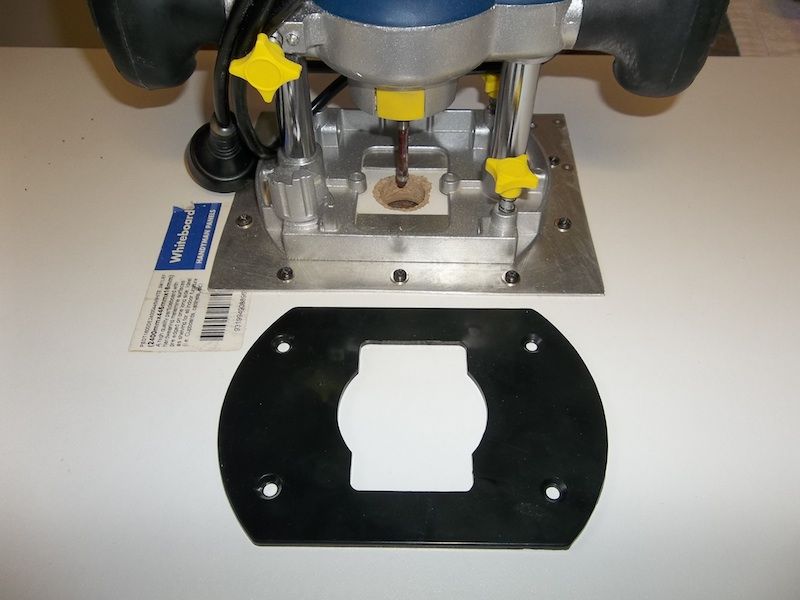
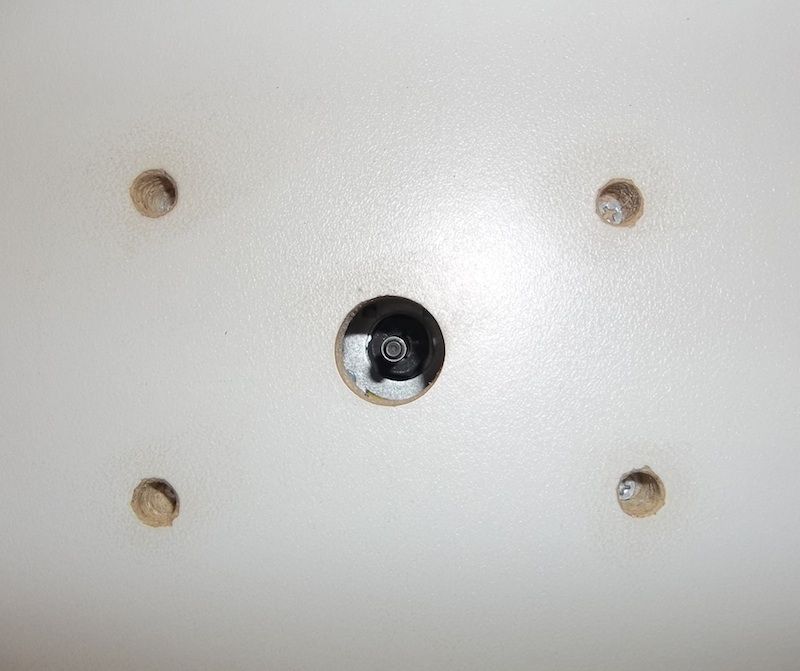

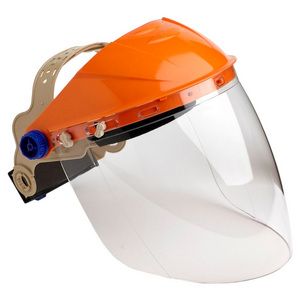
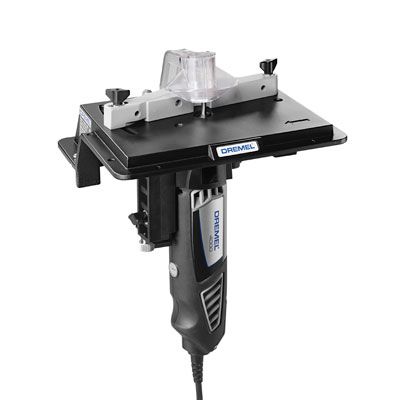

 Reply With Quote
Reply With Quote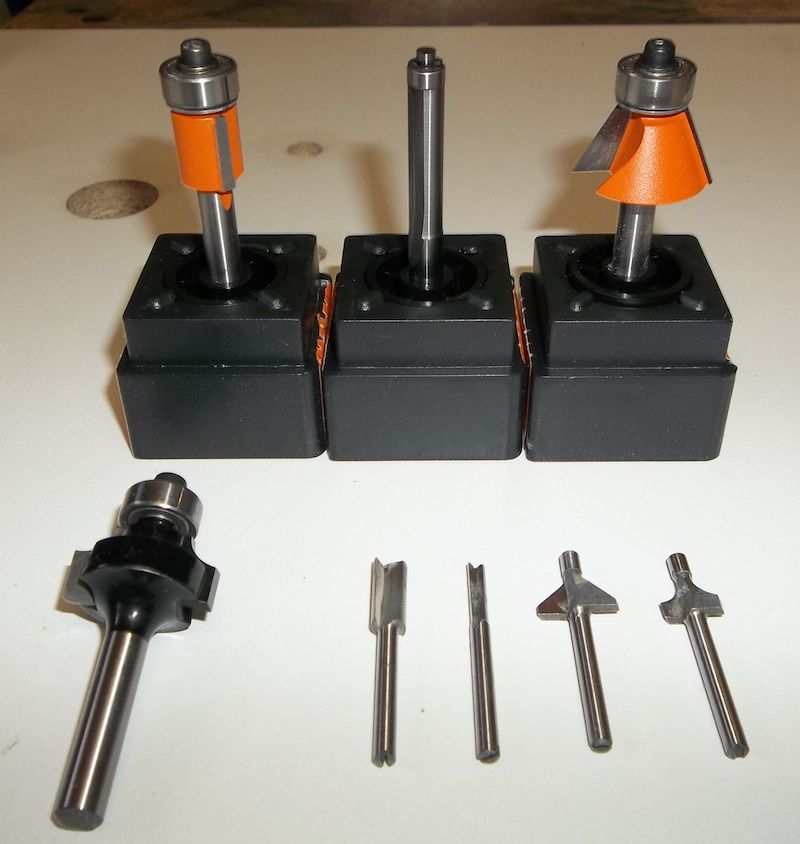
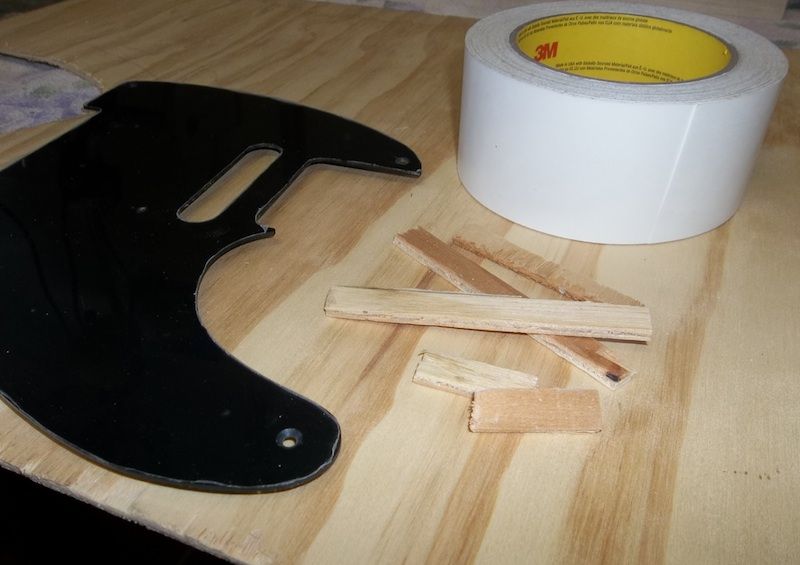

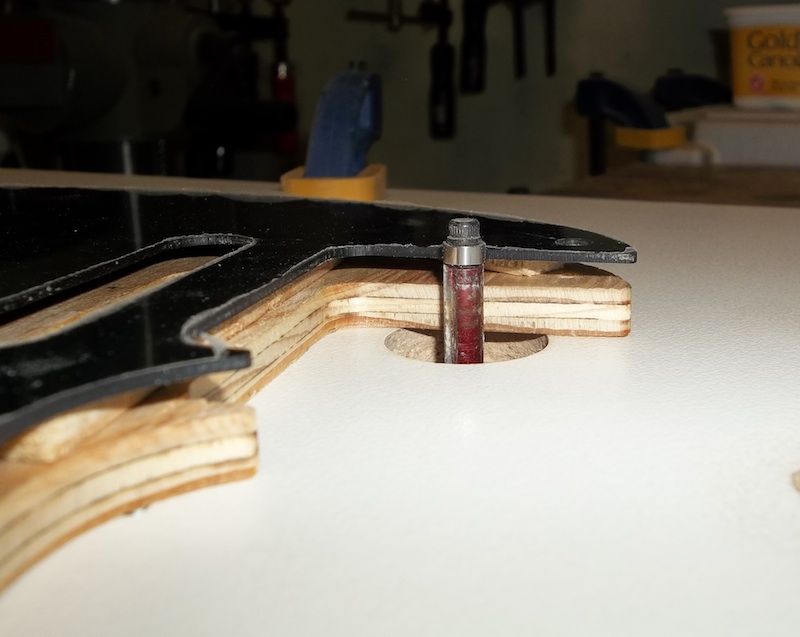
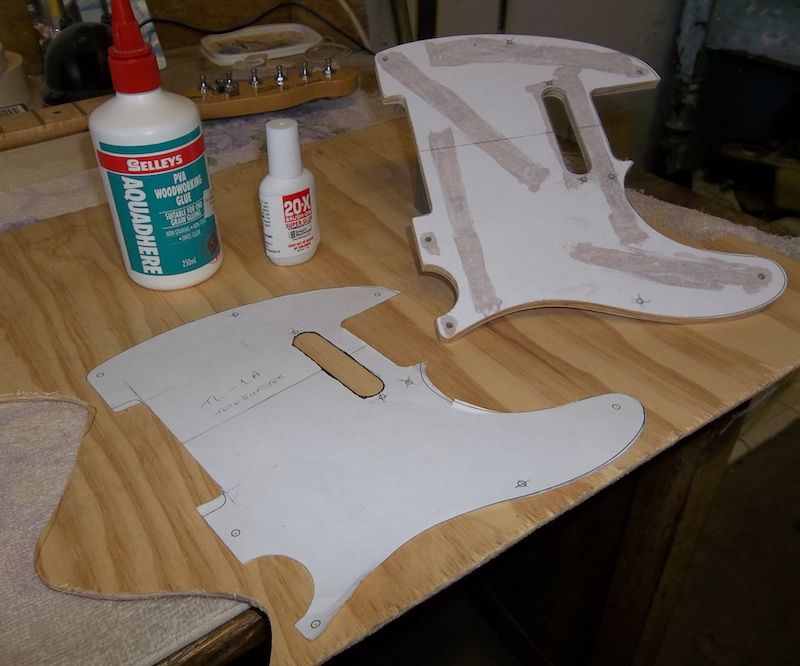
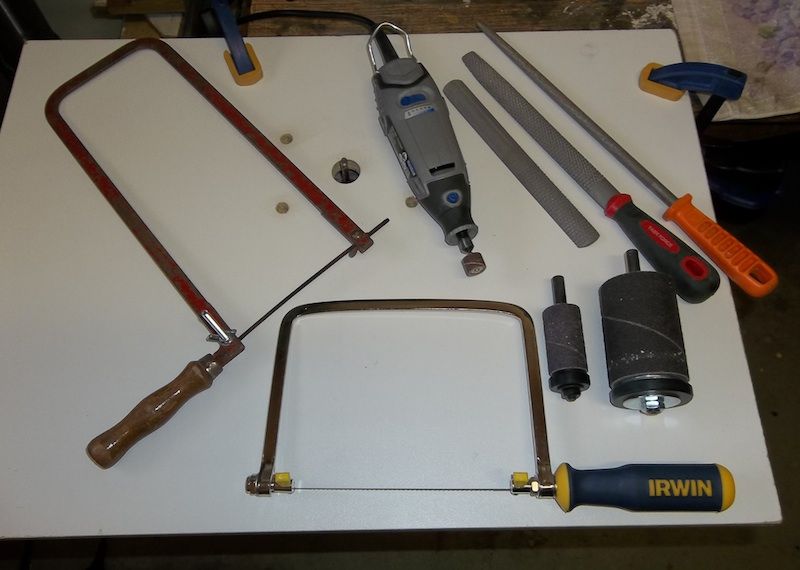
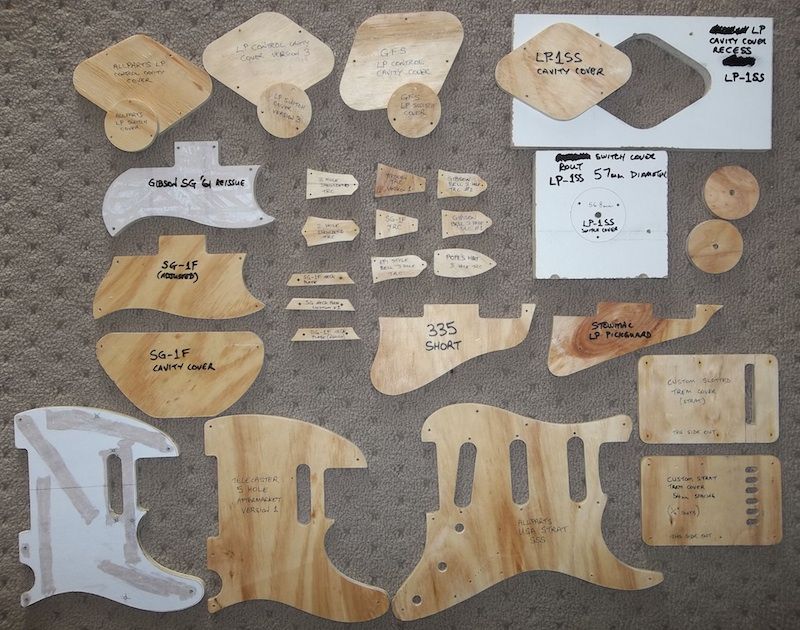
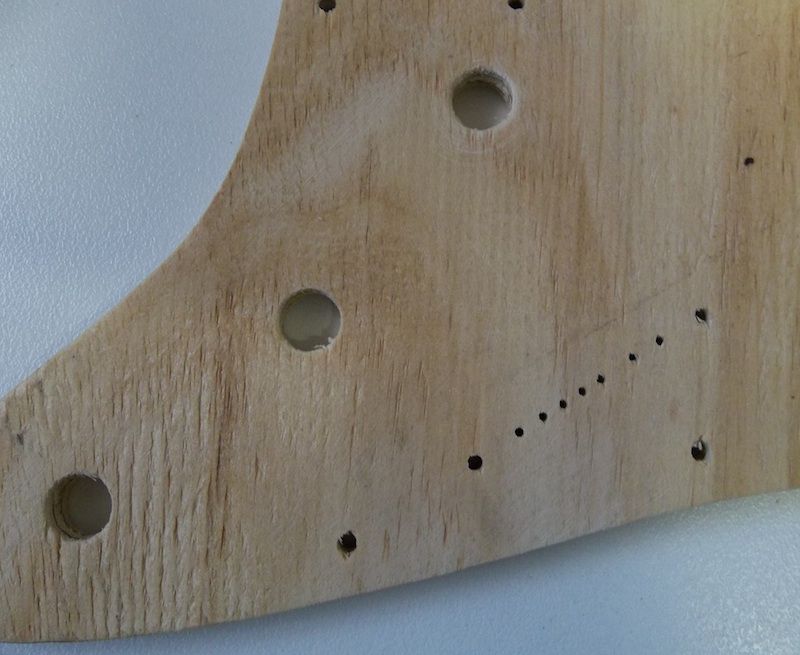
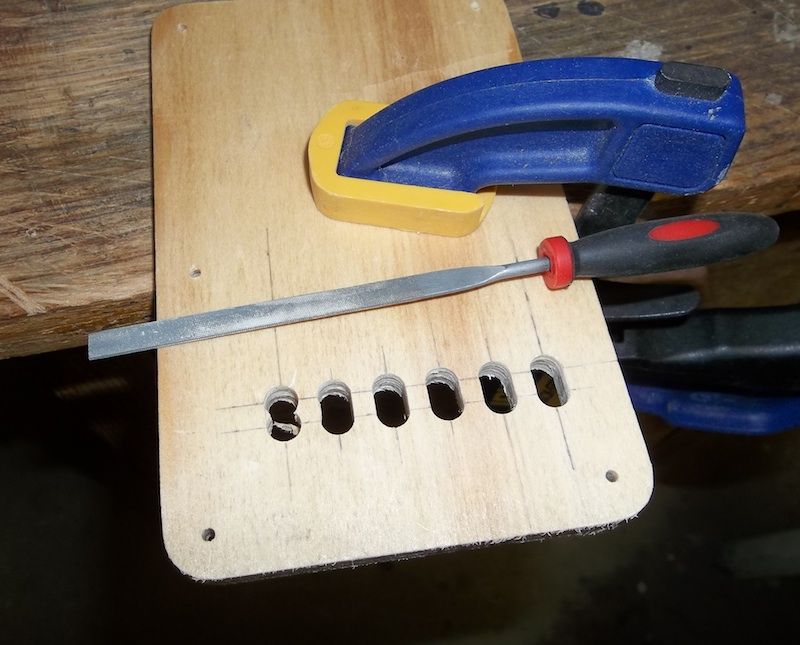

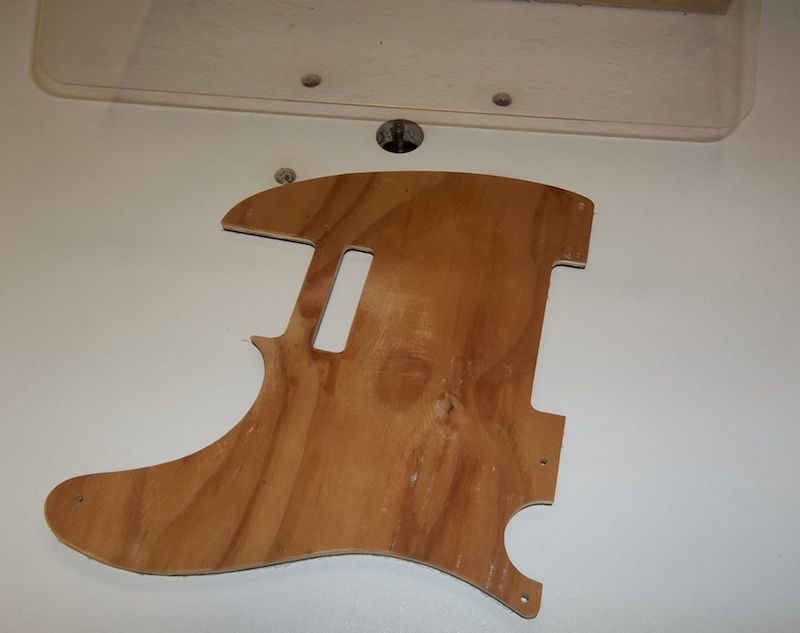
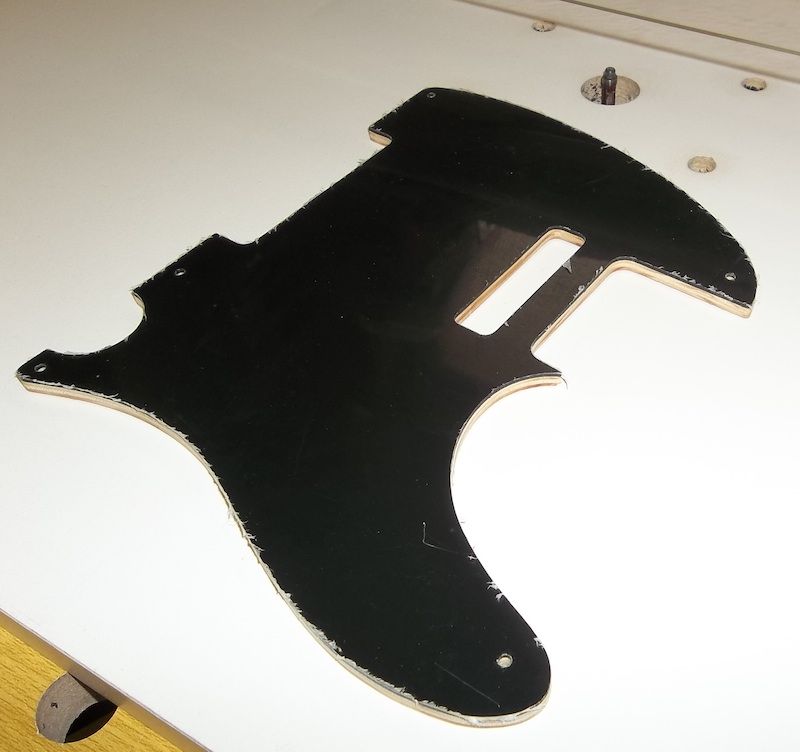
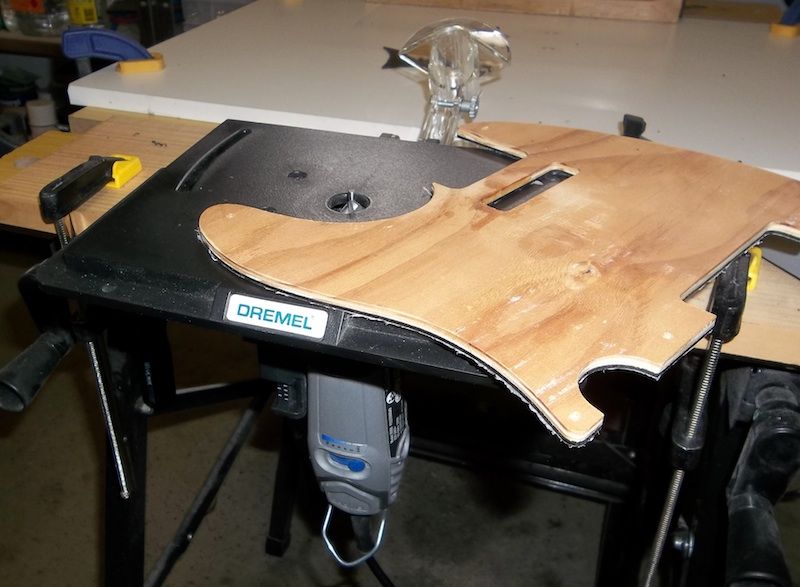

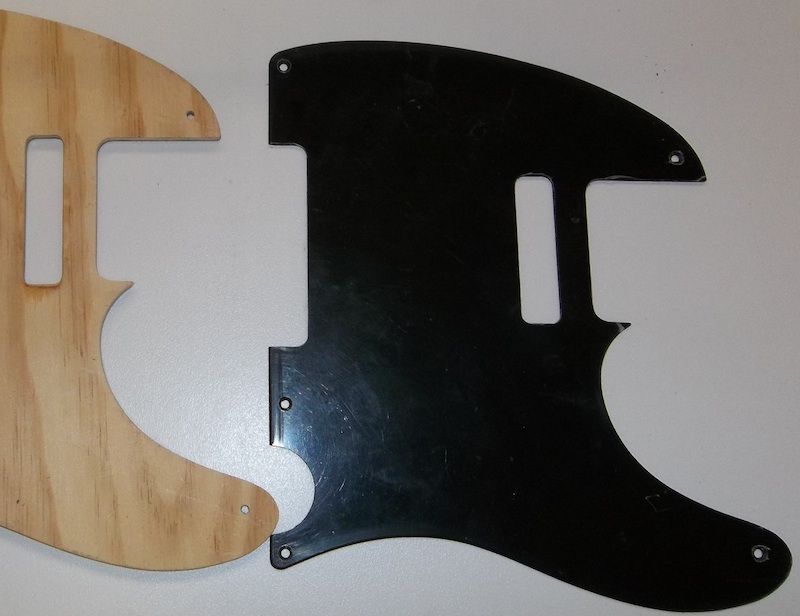
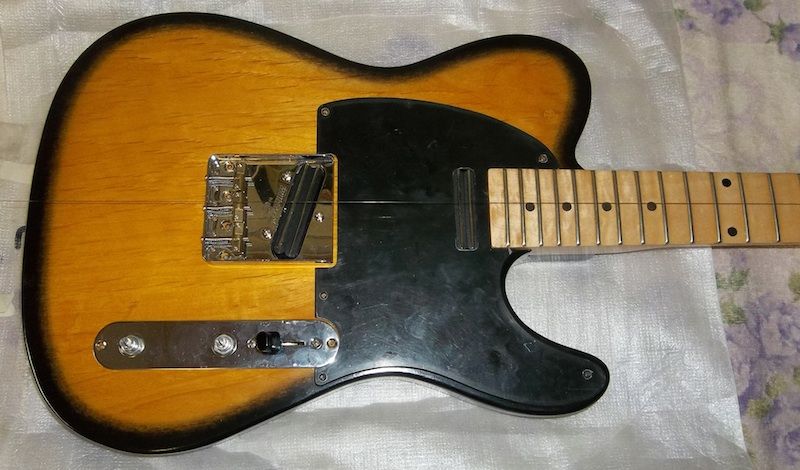
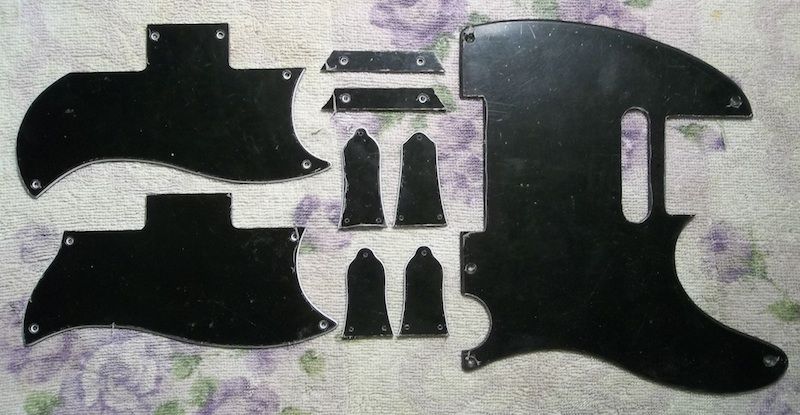

 Gavmeister
Gavmeister


